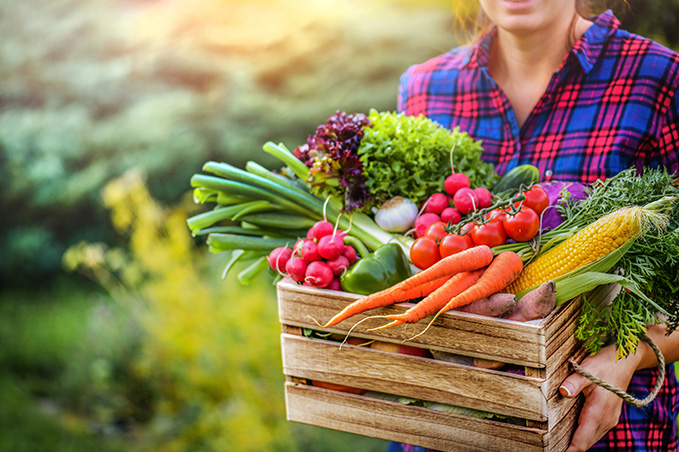Providing Great Gardening Resources
GardenMoz aims to provide the best gardening resources, advice and tips to the garden community.
Latest Gardening Articles
View AllLandscaping & Gardening
Your Source For Gardening & Landscaping Tips
GardenMoz prides itself in providing help for DIY gardeners & landscapers.
What we Offer
Gardening & Landscaping Articles
Need help with your gardening project? Our articles provide planting guides, along with plant types to make your garden thrive.
Read More
Trees

Vegetables

Fruits

Shrubs

Flowers

Equipment
Best Gardening & Landscaping
GardenMoz is the best gardening & landscaping website in the United States.
We provide the most informative website about landscaping & gardening in the United States.
FAQs
Frequently Asked Questions
Gardening & landscaping is a vast world with endless possibilities. Our goal is to make your gardening or landscaping project more fruitful and fulfilling.

How do I choose the right plants for my garden?
How often should I water my plants?
What is the best way to deal with pests and diseases in the garden?
How can I improve my soil quality?
When is the best time to plant my garden?
